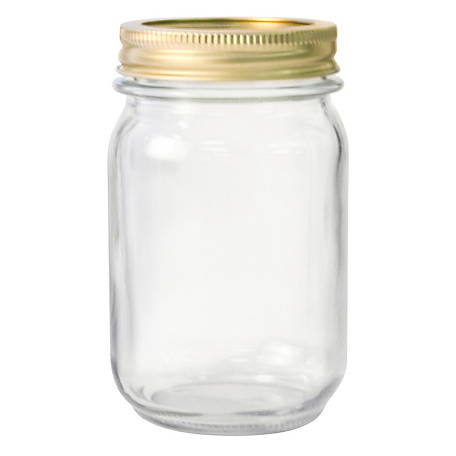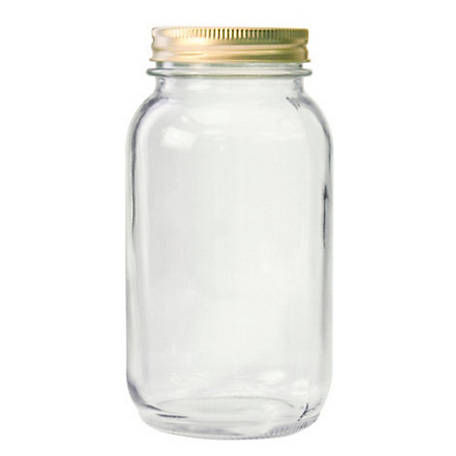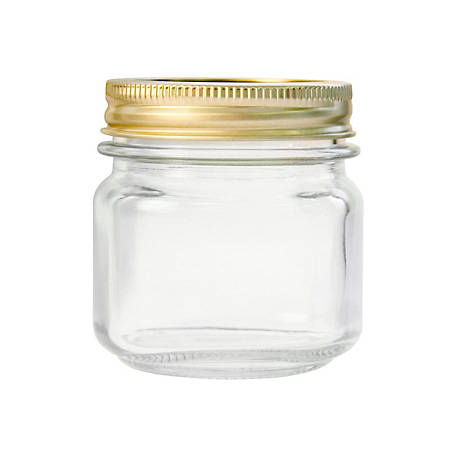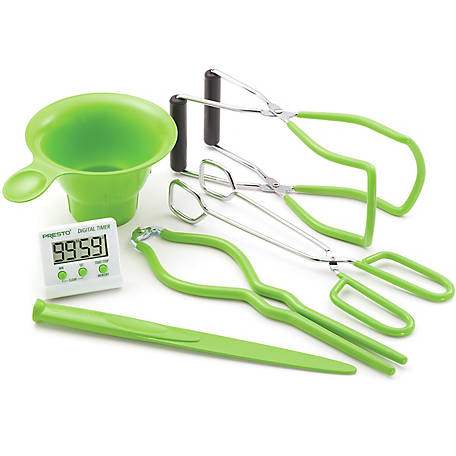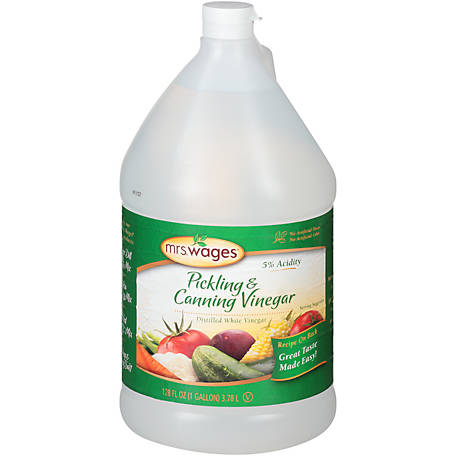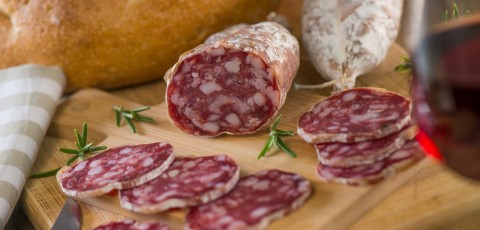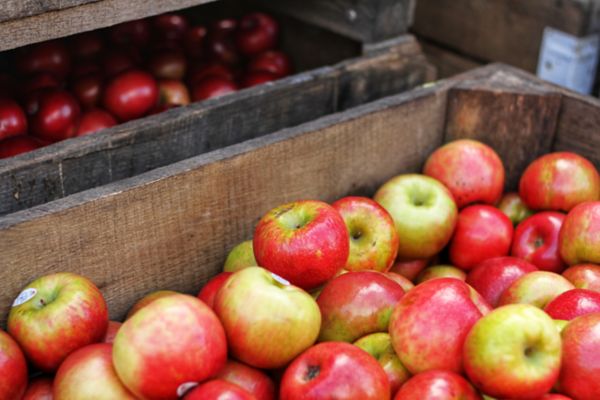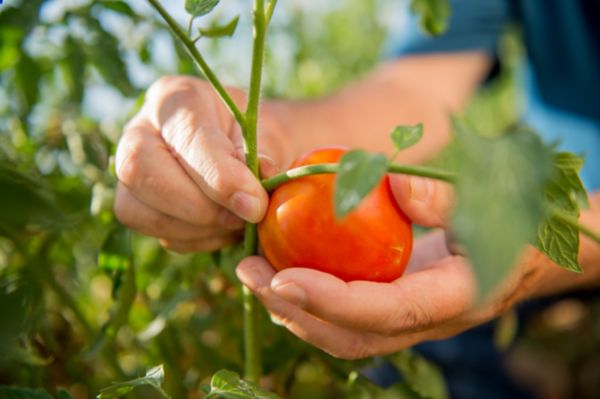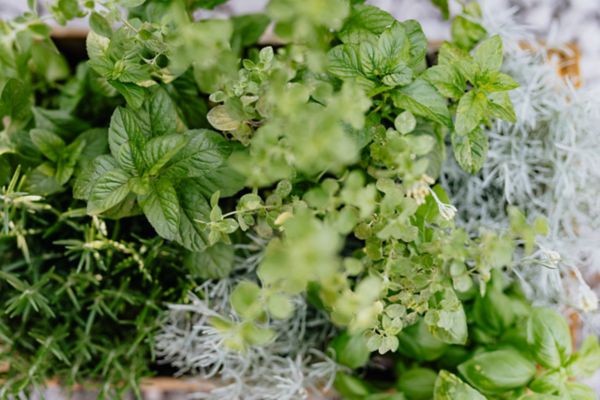Basic Canning 101: Your Guide to Canning
Authored by Carol J. Alexander
You’ve mastered the art of growing tomatoes, green beans and cucumbers. To the point that your counters groan under the weight of all that produce. So whether you need to learn how to can or need a refresher course, you’ve come to the right place. When your pickle recipe packs a mean punch, and your kids are eating jam by the spoonful, preserving the fruit of your labor provides homegrown deliciousness to enjoy all year long.
What is home canning

Home canning is a food preservation method involving placing food in jars, heating it to a temperature that destroys harmful microorganisms, and sealing. The process also inactivates the enzymes in the food that causes spoilage. When the temperature rises in the jars, the air is driven out. And, when it cools, a vacuum seal is formed, preventing recontamination.
What do I need to can food?
To preserve fruit, vegetables, and meat at home, you need the right tools and canning supplies. Some of what you need is already in your kitchen. Other items may not be necessary but will make the job easier and safer. Either way, if you don’t already have one, you’ll need to purchase a water bath canner or pressure canner, depending on the food you’re preserving.
Read more for a complete breakdown of all the canning supplies you’ll need.
Home canning is a food preservation method involving placing food in jars, heating it to a temperature that destroys harmful microorganisms, and sealing.
Home canning: step-by-step
When you learn all the ins and outs of canning, you can enjoy home-canned sauces, soups and savory goodness. And, no matter which process you use–boiling water bath, pressure or steam–canning food at home is rewarding, fun and as easy as 1, 2, 3.
Prepare the food and supplies
The first step to canning is preparation. Always begin with freshly-picked, clean food free of disease or damage. Prepare the food per the instructions in the recipe you’re using. Also, ensure you have enough jars, lids, and other recipe ingredients. Clean the jars and check them for damage. Lay everything out, so it’s readily accessible when needed, and add the necessary amount of hot water to the canner.
Pack the jars
Following the recipe, fill each jar with food, leaving the required amount of headspace. Add hot water as needed, wipe the jar rims to remove any food residue, and apply the lids. Next, place the jars in the canner as you fill them.
Process
Finally, you process the jars according to the instructions that come with your canner. Always time the processing with a kitchen timer. You’ll be able to remove jars from a water bath canner right away. But, you must wait for the pressure to go down in a pressure canner before you can open it. Don’t worry; modern pressure canners are equipped with safety measures that make it near impossible to open when there’s pressure inside.
Read How to Can: A Step-by-Step Guide to learn each step in more detail.
What type of canning method is best

Water bath canning
Water bath canning is an easy way to preserve jars of homemade jam, pickles, tomato sauce, or other high-acid foods with a pH of 4.6 or less. This method employs a water bath canner and rack or large stockpot. The filled jars sit on the rack at the bottom of the pot, are covered with hot water, and boil for a specified amount of time. The process involves heating a glass jar of food to 212 degrees Fahrenheit and allowing it to cool, which forms a vacuum seal that preserves the contents.
Foods you can preserve by the water bath method include:
- All fruit and fruit juices
- Jam or jelly
- Fruit sauce
- Pie filling
- Acidified tomatoes
- Tomato-based salsa
- Pickles
- Relish
- Vinegar-based condiments
Read more for step-by-step instructions to can using the water bath method.

Pressure canning
Pressure canning lets you put up jars of low-acid foods like meat and vegetables. Instead of submerging the jars in a water bath, pressure canning uses less water to produce steam in a specially sealed container that builds up pressure. A boiling water bath reaches a temperature of 212 degrees Fahrenheit. But a pressure canner can reach above 240 degrees, which is required to kill Clostridium botulinum found in low-acid foods. In addition, the process forces air from the jars and forms a vacuum seal that prevents recontamination with harmful microorganisms.
Use a pressure canner for low-acid foods with a pH between 4.6 and 14.0. Or, if you create a recipe of mixed foods, like vegetable soup, pressure canning is always advised.
Foods you can preserve using a pressure canner include:
- All meat, poultry, and seafood
- All vegetables
- Root crops like beets and potatoes
- Dried beans
- Stocks and broths
- Chili, soup, and stew
Read more for step-by-step instructions to can using the pressure canner method.

Atmospheric steam canning
Steam canning is an alternative to boiling water bath canning for high-acid foods with a pH of 4.6 or lower. Steam canning wasn’t recognized as a safe canning method by the National Center for Home Food Preservation until 2015. But, the steam canner provides several advantages over the water bath method:
- Uses less water
- Less water reaches the processing temperature quicker
- Requires less energy
- The full canner is not as heavy
To safely use a steam canner, place the prepared jars on a rack suspended above a water reservoir. Apply heat to bring the water to a boil, which produces steam. The steam heats the jars to 212 degrees Fahrenheit which drives air from the jars. Then, as they cool, the vacuum seal forms.
Using a steam canner for low-acid foods such as meat and vegetables is unsafe. But, you can use it for any foods you would water bath can.
Best Sellers
Special warning
Don't attempt to preserve meat, broth, or low-acid foods like vegetables using the boiling water bath or atmospheric steam canning methods. You must process low-acid foods at temperatures greater than 240 degrees Fahrenheit to kill harmful micro-organisms that may grow in the jars. Contrary to what you may have heard, no matter how long you boil a water bath canner, it will not achieve temperatures above 212 degrees. To achieve higher temperatures, you need a pressure canner.
Other food preservation methods
Where do I store my home-canned food

To stay safe, you’ve followed all the instructions to a T. Now, to best preserve the fruit of your labor, you want to store all those jars in a safe place. Here are a few suggestions.
- Home-canned food stays fresher longer at temperatures between 50-70 degrees Fahrenheit.
- Always keep your jars out of direct sunlight.
- Keep your canned goods in a dry place off the floor on sturdy shelving.
Read more information in our How to Store Canned Food guide.
Many people store canned goods in basement or trash can root cellars. Read more about building your own.
Is home canning safe
Absolutely! But, to be safe, you need to follow approved methods and use a tested recipe. According to the Centers for Disease Control, home-canned vegetables cause more cases of botulism poisoning in the United States than any other source. But, these outbreaks result from home canners not following the rules. So, always follow instructions, use a pressure canner when required, and inspect your food for signs of spoilage before eating.
Here are a few other tips to keep your home canning experiences safe and rewarding.
- Never can with children or pets underfoot.
- Use oven mitts when handling hot jars and a jar lifter to remove them from the canner.
- Cover your countertop with a towel or wooden cutting board to place jars on. Hot jars on a cold countertop can break the jar causing the hot contents to spill out.
- Always check your jars for cracks or breaks before use, particularly around the rim.
- Before the season begins, take your pressure canner to the local Cooperative Extension office or hardware store to have the gauge checked for accuracy.
- Only use new flats. Save used flats for storing dry goods or leftovers in the fridge.
- If your food looks suspicious, smell but don’t taste. If you suspect it’s spoiled, throw it out.
- Never experiment with a recipe. To play it safe, only use tested recipes from a trusted source.
- Adjust your processing time for altitudes over 1,000 feet.
If you appreciate the flavor of a home-grown tomato, you’ll experience that same feeling when the tomato comes from a jar you canned yourself. Nothing is more satisfying than growing, harvesting and preserving food on your own land. And, at TSC, we have everything you need to make it all more enjoyable.
Find everything preserving food at TSC, shop for canning tools and equipment, jars and canning ingredients.
Stop in and see us anytime. Locate the closest Tractor Supply for your supplies and canning help.

